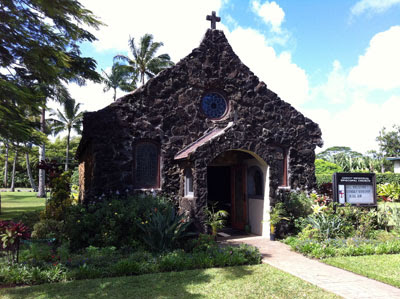Bronze Opium Weights from Southeast Asia
 |
| A Variety of Antique Bird Opium Weights |
We recently found a fascinating little bronze bird. In researching it we learned about "opium weights." Opium weight? Why were special weights used for measuring opium? Well here is the story ... in short form ... as told by Sylvia Fraser-Lu
in Arts of Asia magazine (January/February 1982 Issue):
They are referred to as "opium" weights. The term
immediately conjures up visions of dingy secluded rooms off dark winding
alleys, where frail trans-parent Orientals with glazed unseeing eyes lie
lethargically on platform beds puffing intermittently at long clay pipes packed
with a wad of opium which has been carefully measured using one of these
weights. It is indeed tempting to contemplate that a notorious substance such
as opium, the reliever of pain on the one hand and the cause of untold
suffering to many on the other, should have its own distinctive and special set
of weights and measures.
This, alas, seems to be but a myth. The term
"opium" weight for these measures was probably coined by a foreigner
with a vivid imagination and a fascination for the forbidden.
Most common antique opium weights are made of bronze in the
form of a Hintha (bird or chicken) or Brahmani (duck). There are also more rare
weights in different shapes as lions or other animals. The earliest Hintha
weights found are thought to date from around the sixteenth and seventeenth
centuries. These early ones are set on a
pumpkin-shaped base. When the British occupied Burma in 1885, they introduced
round and flat iron weights and from that time officially no more bronze
weights were cast.
(See the discussion of "Opium Weights" on The Eclectic Museum website for more details on weights; or this brief history of opium curiously titled The Plant of Joy.)
So back to our little bird. It turns out to be a 19th century bronze 16 tical Hintha opium weight. Pretty cool. This is now on our antique sales site priced at $69.00.







Comments
Post a Comment